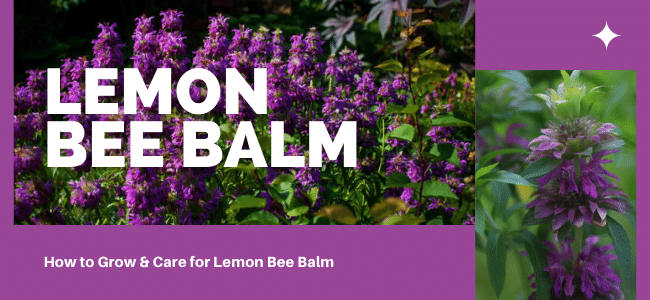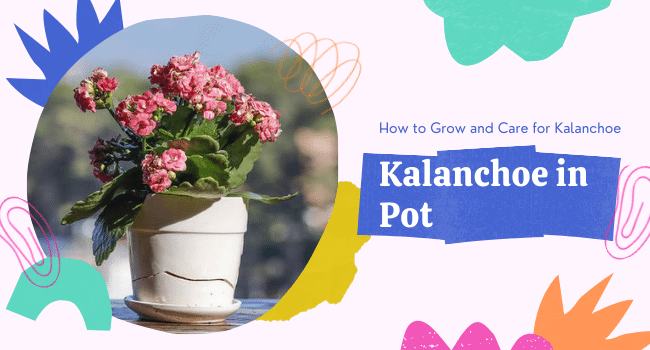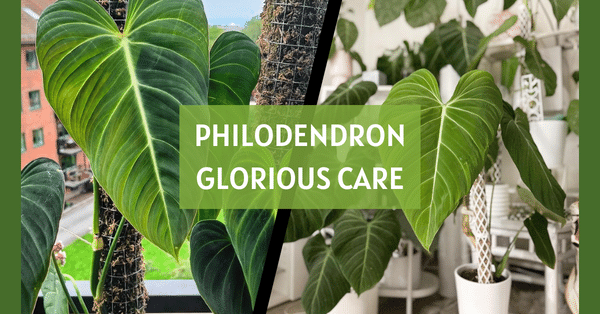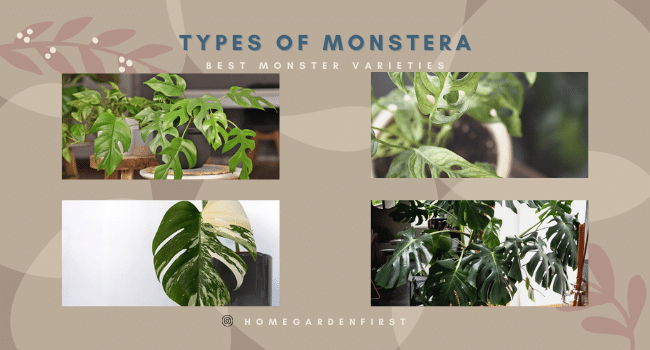How to Grow Dracaena angolensis | Dracaena angolensis Care
Learn to grow Dracaena angolensis which stands out with the cylindrical stripes leaves. Dracaena angolensis is an easy to grow plant that requires minimal care.
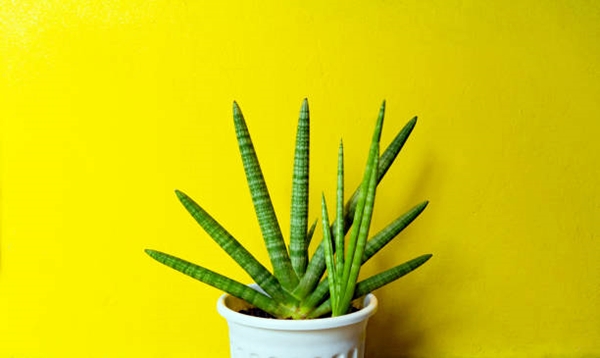
Scientific Name: Dracaena angolensis
Common Names: Cylindrical snake plant, African spear or spear sansevieria or Saint Bárbtoara sword
What could be more exotic than a cylindrical snake plant in its full glory! Dracaena angolensis is a unique succulent houseplant with long elongated leaves that are striped. When mature, it grows to around 3 feet tall with a spread of 2 feet. It’s aesthetically pleasing and purifies the surrounding air by removing the toxins. It’s a hardy plant that requires little to no care and, once established, thrives on neglect. Here is all you need to know about Growing dracaena angolensis.
NOTE: Previously, it was classified as sansevieria, but now it’s called Dracaena angolensis.
How to Grow Dracaena angolensis
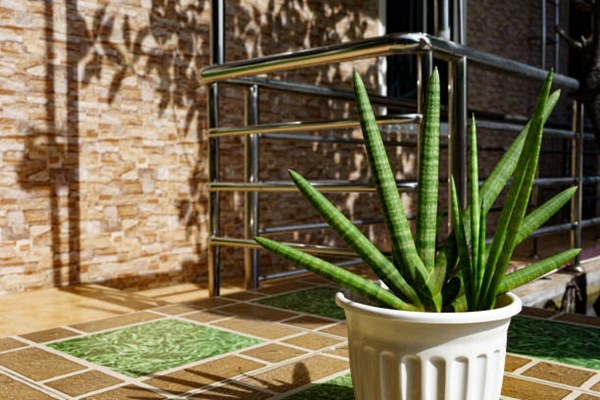
It’s a popular houseplant usually grown in a container, but you can also grow it anywhere in the backyard. Indoors you can locate it on a windowsill, balcony or any other spot that receives bright indirect light. Outdoors locate it under the shade of a large tree or somewhere it’s protected from the afternoon sun. Bring it indoors when the temperature falls below 55 degrees F. It does not like to sit in water, and watering once or twice a week will suffice.
Propagating Dracaena angolensis
You can propagate dracaena angolensis either by division or through planting seeds. Propagation from the division is the most sought after method as it’s easy and quick. Take out the plant from the pot and shake off excess soil stuck to the roots. Separate the root ball using a sharp knife and plant the divisions into new pots. Soon your cylindrical snake plant will start to grow and give rise to a new plant. Spring and summers are ideal for division but do not divide in winters.
Location
You can place it almost anywhere from the darkest corner of the house to outdoors indirect light. For optimum growth, place it at a spot where it basks in the morning sun and receives bright indirect light throughout the day, such as a windowsill. Gray or brown marks on the foliage indicate sun-scorched leaves, reduce sunlight if you observe any such phenomenon.
Soil
Any succulent or cacti based potting mix works best for growing the African spear plant. Buy a good quality potting mix from a trusted store, or make the potting mix on your own. A simple way to prepare potting mix is by adding coarse sand (two-part), perlite (one part) and sphagnum peat moss (three parts). It’ll do well in a variety of soils as long as they are well-draining and rich in organic matter.
Watering
Overwatering is the death of this plant, so make sure not to check the soil before watering. Water only when soil becomes dry a couple of inches below the surface and let the excess water drain out from the bottom. Cut back watering in winters and resume watering periodically from spring to fall.
How to Grow Dracaena angolensis in pot
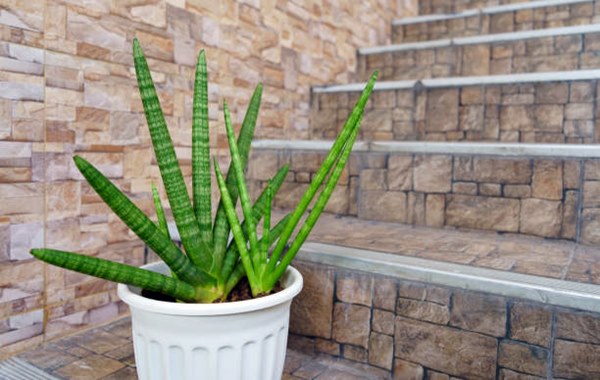
Initially, you can start off in a pot that’s around 10-14 inches deep and wide, depending on the size of the root ball. Ensure that the pot has drainage holes at the bottom; if not, drill some holes. Don’t fret over the material of the pot, but if you plan to move around the pot a lot, go for the plastic container as it isn’t heavy. Locate the pot at a well-lit balcony, windowsill or any other bright spot for optimum growth.
Repotting
Dracaena angolensis likes to remain pot bound, so go for a pot that’s only one or two sizes bigger than the original pot. The ideal time to repot is in the spring, during which time you can divide the plant.
Dracaena angolensis Care
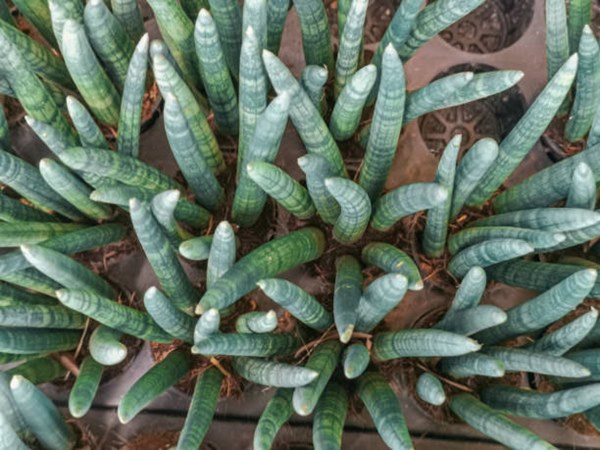
Temperature
Dracaenas do not fare well in the cold, with ideal temperature ranges being 65 to 80 degrees F. Come winters, it’s important to move the plant indoors and keep it protected from cold drafts of wind. Do not place it too close to open windows and air conditioning units in winters.
Fertilizer
It isn’t a heavy feeder, so fertilizing isn’t absolutely necessary, but you can still fertilize in the growing season to boost plant growth. Go for an all-purpose fertilizer or a succulent fertilizer and apply it before watering. Make sure not to overdo fertilization and follow the instructions on the label. You can also add aged compost to the potting mix as an alternative to fertilizer.
Pests and Diseases
Garden pests such as vine weevils, aphids, and mites can cause some degree of damage to the leaves. You can handpick them or use organic methods such as spraying neem oil solution or soap solution to get rid of them. Apart from root rot caused due to soggy soil and overwatering, there isn’t much that goes wrong with this plant.
Dracaena angolensis Toxicity
Dracaena angolensis and other members of dracaena species are toxic to pets, including cats and dogs. Keep dracaena out of reach from pets and kids to avoid any mishap.
